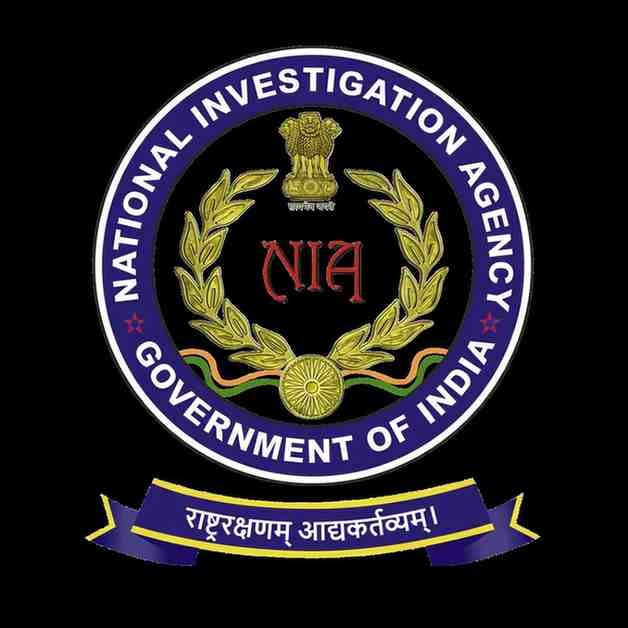New Delhi: The National Investigation Agency (NIA) has filed a supplementary chargesheet against four individuals accused in a major fake currency racket uncovered in Champaran, Bihar, in 2024.
The case, which has alleged cross-border connections to Pakistan and Nepal, involves the seizure of high-quality counterfeit currency intended to destabilise India’s economy.
The supplementary chargesheet, filed before the NIA Special Court in Patna, names Md. Nazar Saddam, Md. Waris, Md. Zakir Hushain, and Muzaffar Ahmad Wani alias Sarfaraz as the accused.
These individuals had earlier been chargesheeted by the local police in October 2024 under relevant provisions of the Unlawful Activities (Prevention) Act [UA(P) Act].
According to the NIA, investigations revealed that the group was engaged in smuggling high-quality Fake Indian Currency Notes (FICN) from Nepal into India.
The counterfeit notes, sourced from Pakistan through intermediaries in Nepal, were allegedly brought into the country with the aim of undermining its financial stability. All Payments for the smuggled currency were reportedly made through cryptocurrency channels to evade detection.
The probe further established that Md. Nazar Saddam played a central role in the operation, working closely with Md. Waris and Md. Zakir Hushain to transport counterfeit notes from Nepal into Indian territory.
Meanwhile, Muzaffar Ahmad Wani alias Sarfaraz is accused of arranging funds and providing logistical support for the procurement and distribution of the fake currency within India.
The case, registered as RC-17/2024/NIA-DLI, pertains to the seizure of FICN with a face value of ₹1,95,000 in December 2024. Following the seizure, the NIA took over the investigation and presented the accused in court in January 2025.
The agency’s findings point towards a well-organised syndicate with a structured supply chain involving Pakistani suppliers, Nepali handlers, and Indian operatives.
Authorities believe the counterfeit notes were of such quality that they could potentially circulate widely without immediate detection, posing a significant threat to economic security.
The use of cryptocurrency for payments, investigators say, reflects a growing trend among organised crime networks to exploit digital assets for illicit transactions.
An NIA spokesperson stated that the case highlights the persistent threat posed by cross-border fake-currency rackets, which not only fund unlawful activities but also target the integrity of India’s financial system…
The agency is continuing its investigation to identify other members of the network and trace the supply routes used to move the counterfeit notes.
The latest chargesheet underscores the NIA’s ongoing focus on dismantling organised syndicates with transnational links. The Law enforcement agencies have long warned of the role of fake currency in financing criminal and terror-related activities.
The flow of FICN from Pakistan through neighbouring countries like Nepal has been a matter of concern for Indian security agencies for years, with seizures reported periodically in border states.
In the Champaran case, the recovery of counterfeit currency in late 2024 was the result of coordinated action by local police and central agencies.
The investigation has since expanded beyond the initial arrests, revealing a larger operational network with multiple actors across borders.
The accused now face prosecution under the UA(P) Act and other applicable laws. If convicted, they could face stringent penalties, including long-term imprisonment.
Officials emphasised that efforts are underway to tighten border security and enhance cooperation with Nepal to curb such smuggling operations.
Additionally, agencies are working to strengthen monitoring of cryptocurrency transactions that could be linked to illegal funding channels.
The NIA’s findings in the Champaran fake currency case serve as another reminder of the complex and evolving challenges posed by organised financial crimes with cross-border dimensions.
With further leads emerging, authorities remain committed to tracing every link in the chain to prevent similar attempts at economic sabotage in the future.








